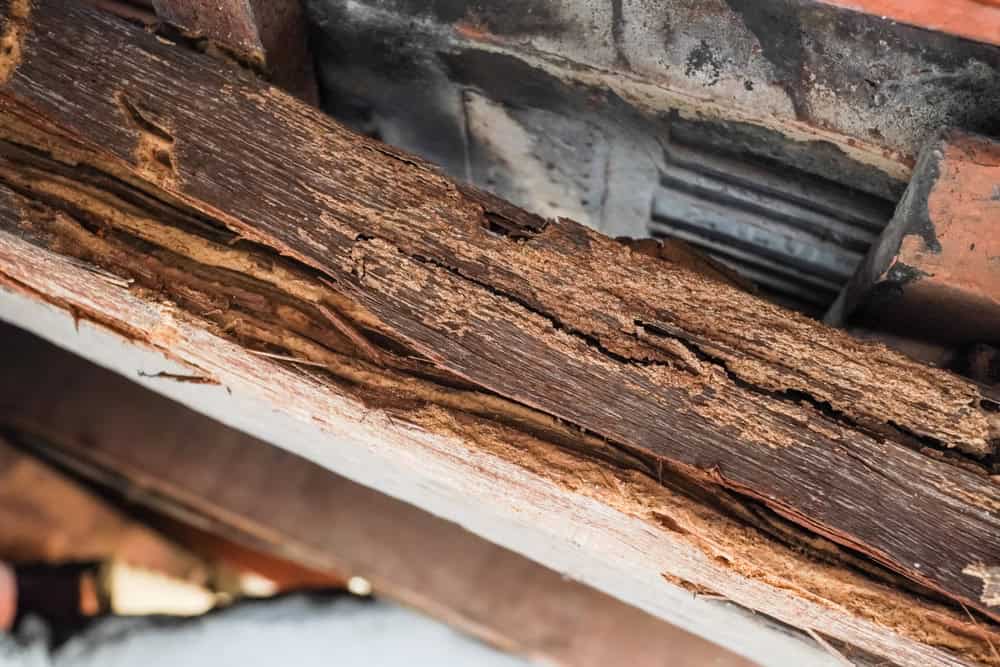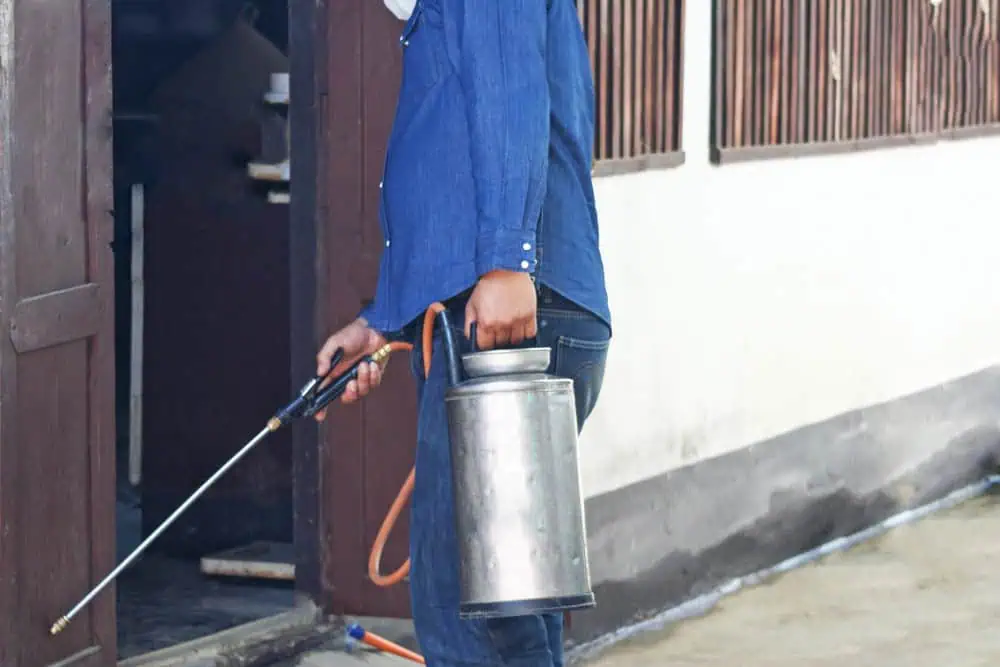Complete termite elimination and protection for Village of Glen Oaks properties using proven treatment methods.

Hear from Our Customers

You’ll sleep better knowing your home is completely protected from termite damage. No more wondering if those small holes in your baseboards are getting worse. No more worrying about structural damage eating away at your property value.
Our termite treatment eliminates active infestations and creates a protective barrier around your home. You get immediate relief from current problems and long-term prevention that keeps termites from coming back.
The peace of mind is real. Your home stays structurally sound, your family stays safe, and your investment stays protected. That’s what complete termite control looks like.
86 Pest and Wildlife Removal has been protecting homes throughout Village of Glen Oaks and the surrounding areas. We understand the specific termite species that target New Jersey homes and know exactly how to eliminate them.
We focus on thorough inspections, honest assessments, and effective treatments. We’re licensed, insured, and committed to solving your termite problems the right way the first time.
Local expertise matters when you’re dealing with termites. We know which species you’re likely facing and which treatment methods work best in this climate.

First, we conduct a comprehensive termite inspection of your property. We check all the areas where termites typically enter and establish colonies – foundation walls, crawl spaces, wooden structures, and moisture-prone areas.
Next, we identify the termite species and assess the extent of any infestation. Different termites require different treatment approaches, so accurate identification is crucial for effective elimination.
Then we implement the appropriate treatment plan. This might involve liquid termiticides applied to soil around your foundation, direct wood treatments, or baiting systems depending on your specific situation. We explain everything before starting work so you know exactly what to expect.

Ready to get started?
You get a thorough property inspection that identifies current termite activity and potential entry points. We check both obvious and hidden areas where termites commonly establish colonies.
Your treatment plan addresses the specific termite species affecting your property. Subterranean termites get different treatment than drywood termites, and we use the most effective methods for each situation.
Follow-up monitoring ensures the treatment worked and catches any new activity early. Village of Glen Oaks homes face termite pressure year-round, so ongoing protection is essential. We also provide prevention recommendations to reduce future infestation risk.
